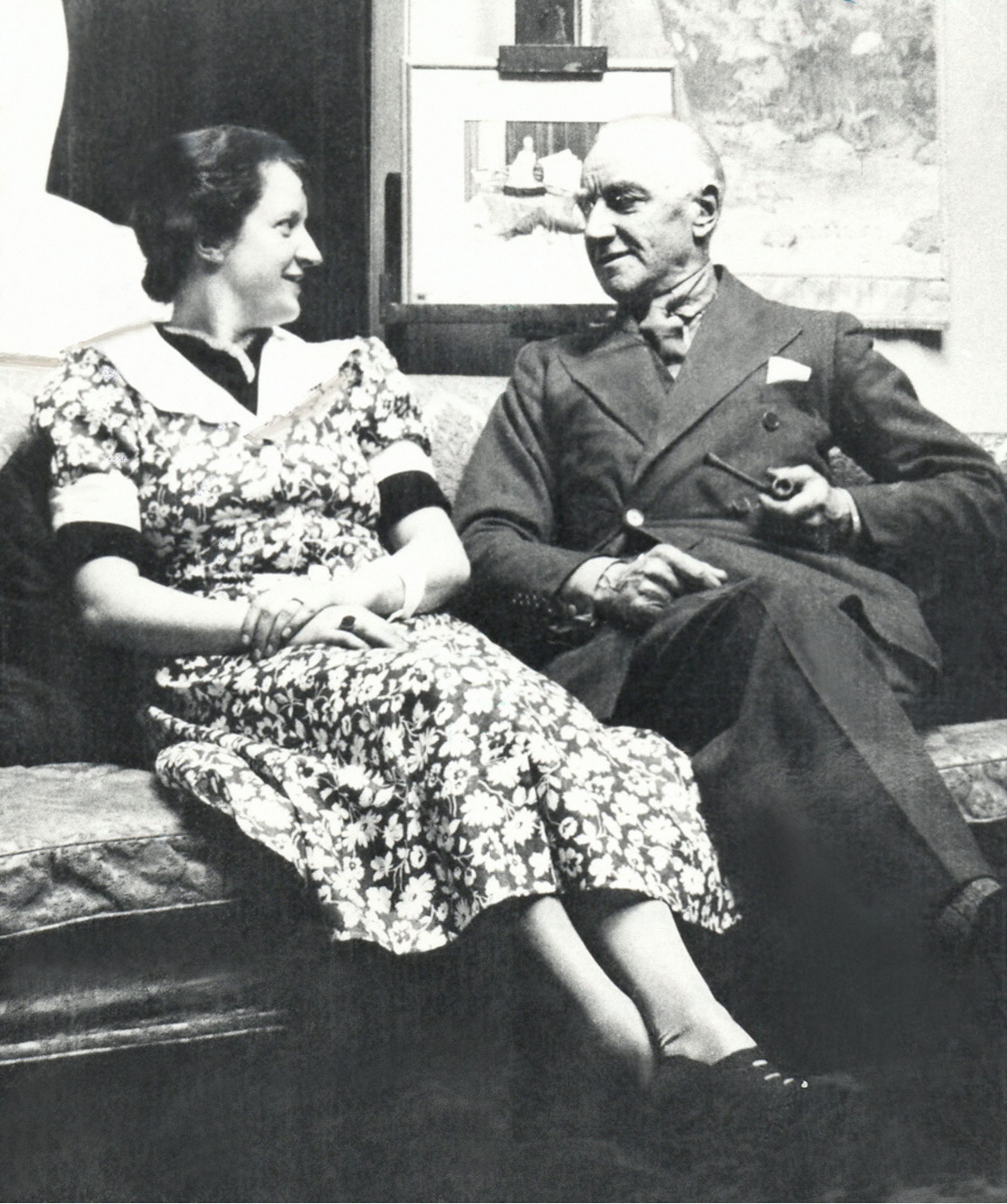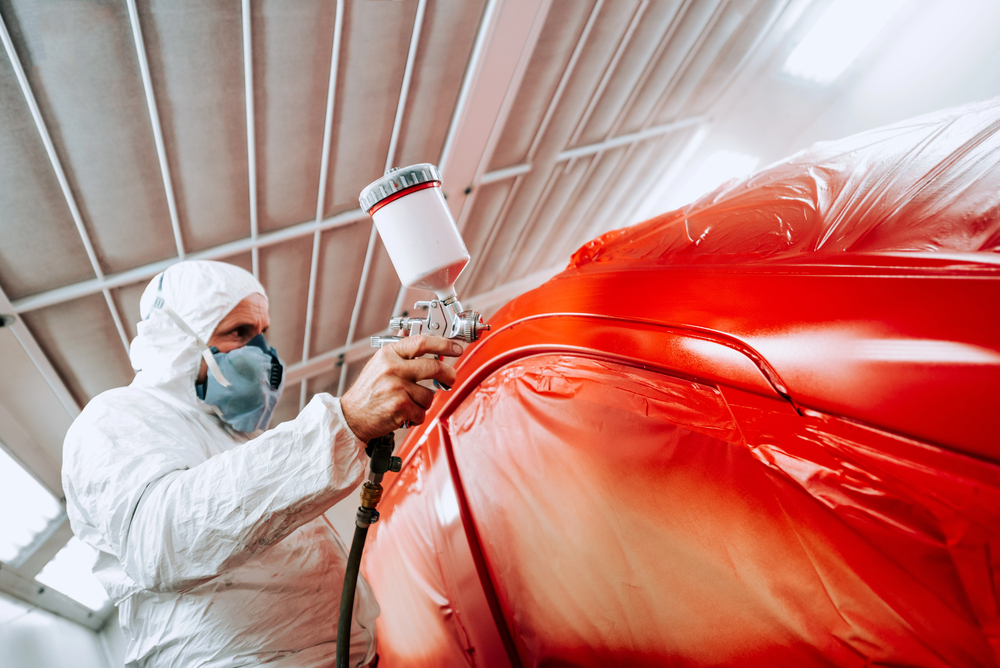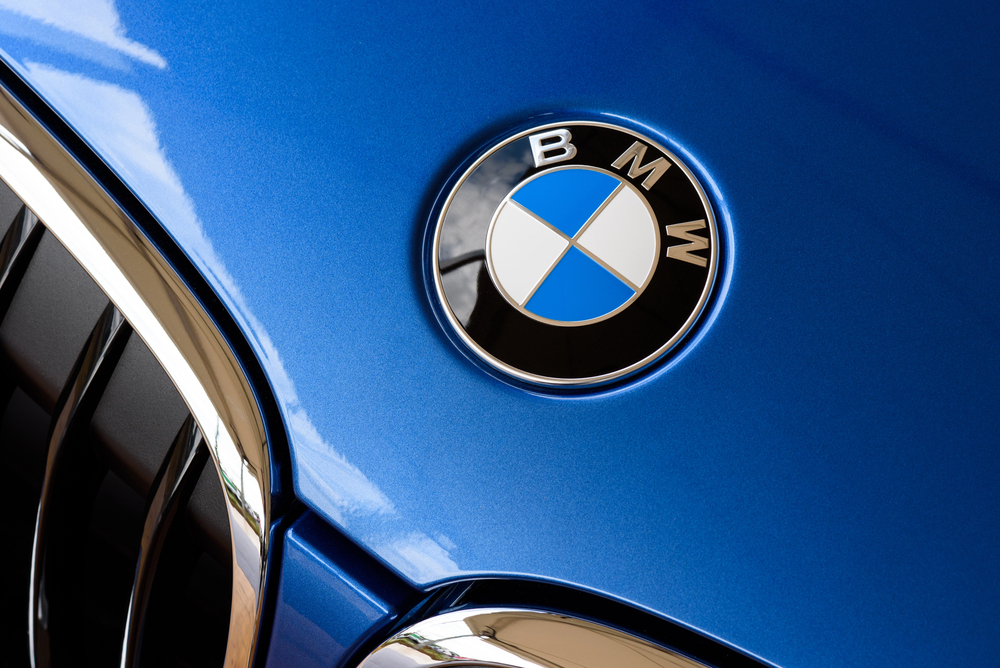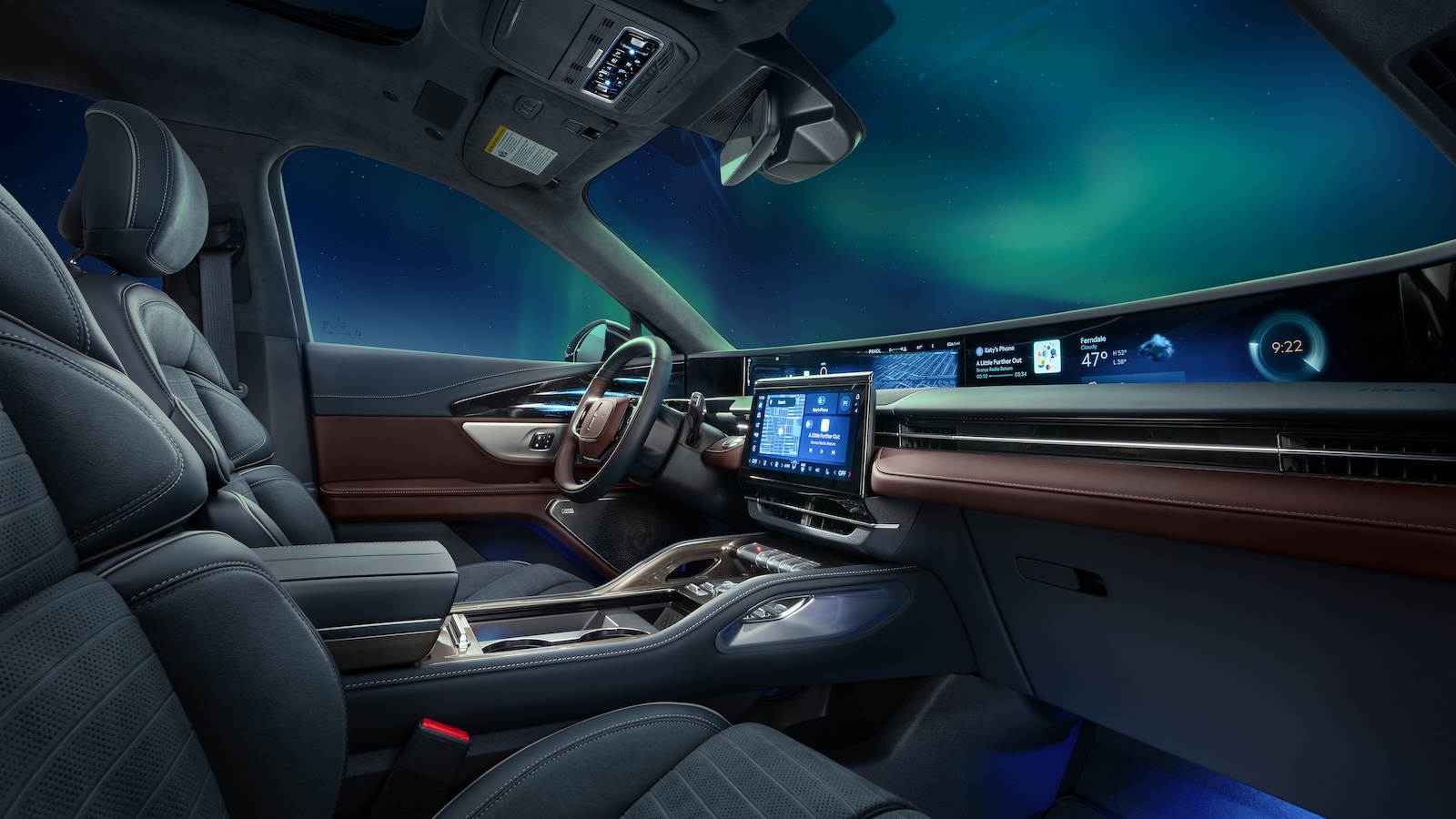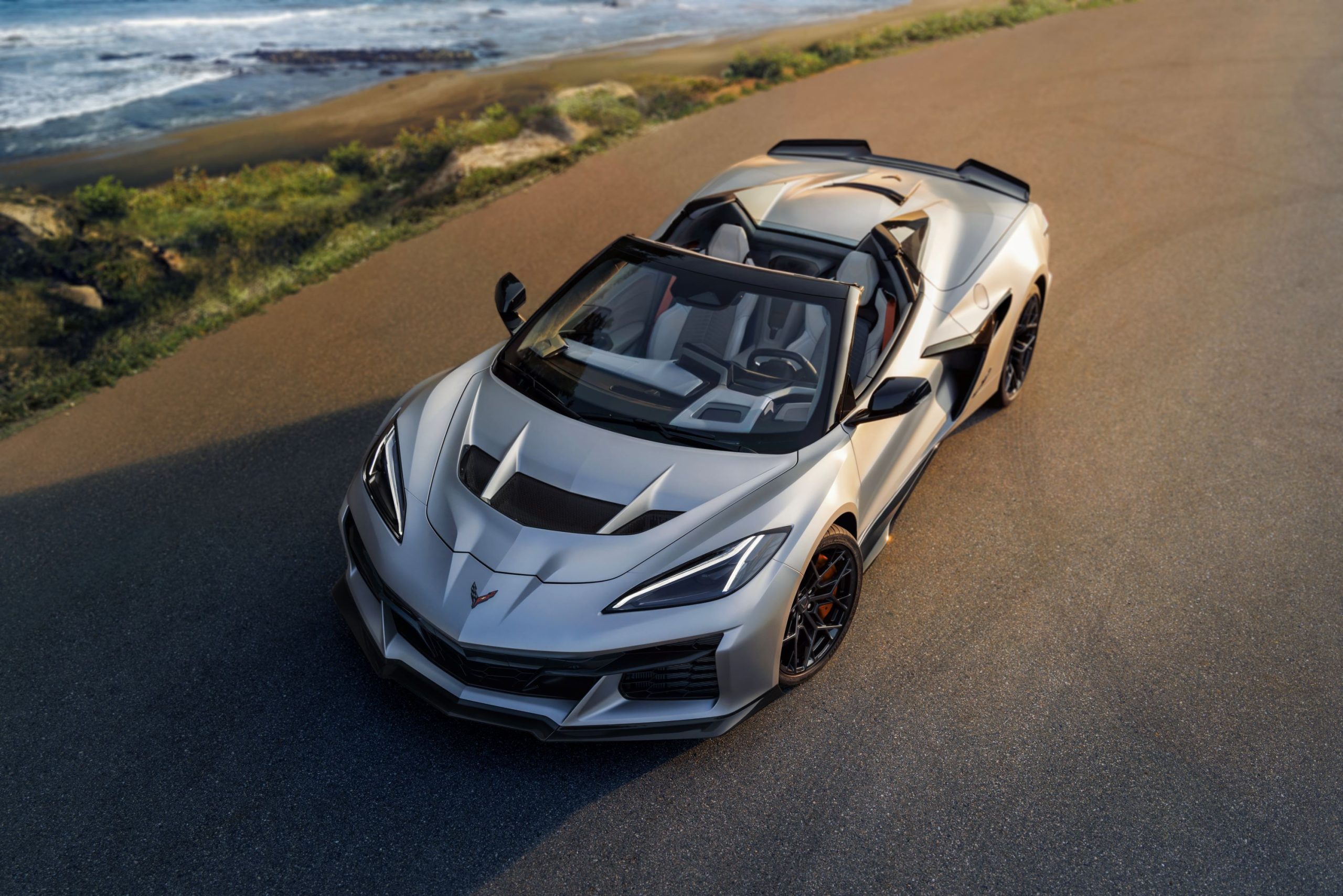Mastering The Art Of Parallel Parking
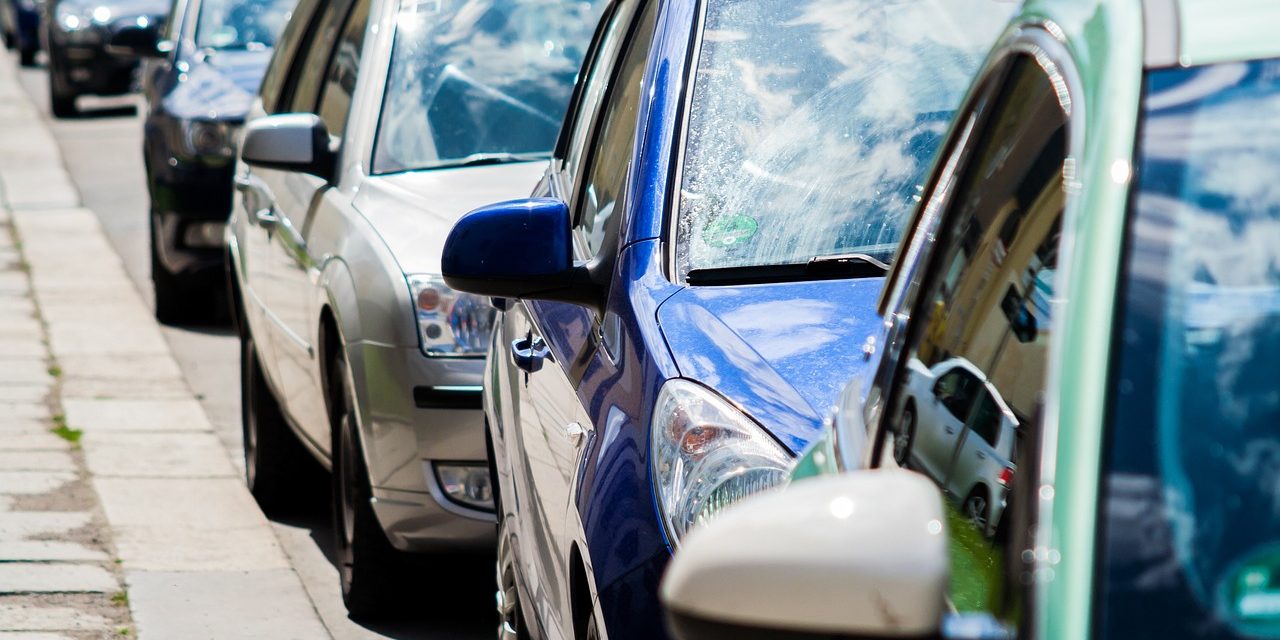
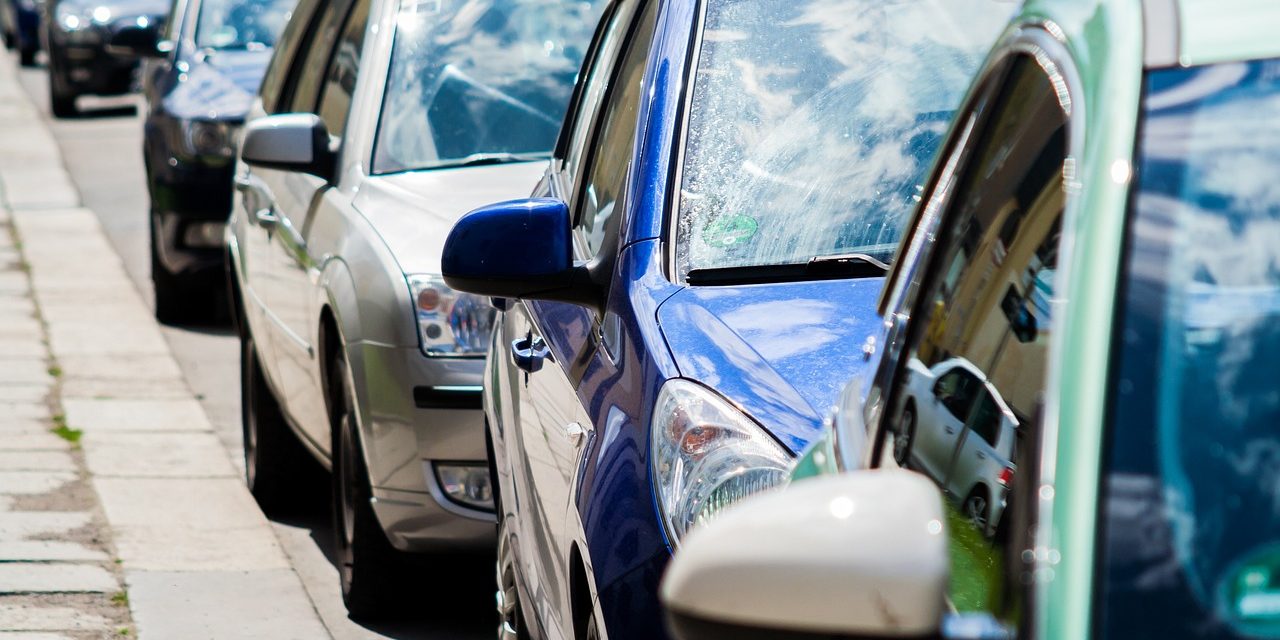
Parallel parking is a fundamental driving skill that every driver needs to master. It requires precision, patience, and an understanding of spatial relations to maneuver a vehicle into a parking space between two cars that are parked on the side of the road. Gaining proficiency in parallel parking not only enhances one’s driving abilities but also boosts confidence behind the wheel, especially in urban environments where parking space is often scarce.
For new drivers, the thought of executing a parallel parking maneuver can be intimidating. However, with clear guidance and sufficient practice, anyone can turn parallel parking into a routine part of driving. The process involves preparing correctly by assessing the size of the parking space, positioning the vehicle appropriately, and then steering the car into the space with controlled movements. Regular practice is essential for turning these steps into a fluid series of actions that can be performed with ease.
Key Takeaways
- Mastering parallel parking improves driving skills and driver confidence.
- Correct vehicle positioning and controlled steering are key to successful parking.
- Regular practice is crucial to becoming proficient in parallel parking.
Preparing for Parallel Parking
While parallel parking, the key aspects include understanding essential techniques, identifying an appropriate spot, and recognizing the dimensions of one’s vehicle.
Understanding the Basics
Parallel parking is a method where vehicles are parked in line with others, parallel to the curb, with the front and back facing the direction of travel. Mastery of this skill requires practice and a firm grasp on certain techniques, such as steering and reversing at the correct angles. Drivers should be aware of their vehicle’s turning radius and reversing capabilities.
Choosing the Right Spot
The availability of an appropriate parking space is vital. It is recommended to look for a space that is approximately one and a half times the length of your vehicle to allow for maneuverability. Visibility, both of the space and surrounding traffic, is key while making the parking decision.
- Checklist for Choosing a Spot:
- Space Size: At least 1.5 times the length of your car.
- Visibility: Clear view of the space and oncoming traffic.
- Legality: Ensure the spot is legal and respects local parking regulations.
- Safety: Avoid spots near intersections or where visibility may be compromised for other drivers.
Assessing Your Vehicle’s Size
A driver must be familiar with the dimensions of their vehicle to effectively judge if a space is suitable for parking. Familiarity with your car’s length, width, and height affects decisions such as the initial distance to maintain from the car ahead of the spot and the steering angles required during the process. Vehicles of different sizes require adjustments to the parking techniques used.
- Vehicle Dimension Considerations:
- Length: Determines the length of the parking space needed.
- Width: Affects how close to the other parked vehicles you can get.
- Height: Important for clearance when parking near overhanging obstacles.
Executing the Maneuver
To master parallel parking, focus on the key steps of positioning, aligning, and adjusting within the parking space, ensuring precision and control throughout the process. https://www.youtube.com/embed/FjEmxM2PMv8
Starting the Parallel Parking Process
The driver initiates the parallel parking maneuver by aligning the vehicle alongside the car in front of the parking space. The vehicle should be positioned approximately two feet away from the car next to the desired space and align the rear bumpers. This initial alignment is critical as it sets the angle and positioning for the subsequent steps.
Reversing into the Space
Once aligned, the driver must reverses the car slowly, turning the steering wheel sharply towards the curb when the rear of the vehicle is aligned with the rear bumper of the adjacent car. The driver must maintain an angle of approximately 45 degrees relative to the curb before adjusting the angle of the car to straighten up within the space.
Perfecting Your Position
After the vehicle is roughly in the space, fine adjustments are necessary to settle the position. The driver should move forward and back as needed while turning the steering wheel to straighten the vehicle parallel to the curb. It’s important to leave an equal space between the vehicles in front and behind to complete the parking maneuver successfully.
Safety and Consideration
When parallel parking, the priority is to make sure that the procedure is safe for all parties involved, including pedestrians and other road users, while also adhering to legal requirements and showing respect for others’ property.
Checking Your Surroundings
Before beginning the parallel parking process, drivers must thoroughly scan the area for obstructions. Always turn on the signal to alert other drivers of the intent to park. The driver should also look for adequate space that can fit the vehicle, avoiding areas near fire hydrants or in no-parking zones.
- Check for a suitable parking space that is safe and legal.
- Use signal to communicate parking intent.
Awareness of Road Users
Careful observation for pedestrians, cyclists, and oncoming traffic is crucial during parallel parking. The driver should use both the side and rearview mirrors frequently to maintain a full view of their surroundings.
- Pedestrians: Be vigilant for individuals crossing behind or near the vehicle.
- Cyclists and other Traffic: Monitor for vehicles that may be passing by to prevent any accidents.
Legal and Social Responsibilities
It is mandatory for drivers to follow all parking regulations, which includes maintaining a safe distance from fire hydrants and abiding by signs that denote no-parking zones. Drivers are also responsible for ensuring their vehicle does not obstruct traffic flow or access to neighboring properties.
- Observe local parking laws and restrictions, maintaining a legal distance from fire hydrants.
- Respect other road users by parking in a way that does not impede traffic or access.
Advanced Tips and Common Pitfalls
Mastering parallel parking requires understanding both advanced strategies and the common errors that can result in unsuccessful attempts.
Utilizing Technology Aids
Modern cars often come equipped with technology designed to assist with parking. Features like rear-view cameras and parking sensors can provide drivers with a better sense of their surroundings. Tips for effective use include:
- Aligning the camera’s guidelines with the parking space boundaries for precision.
- Listening to the frequency of sensor beeps; a faster beep indicates closer proximity to objects.
Dealing with Different Car Dimensions
Handling various car sizes poses its challenges:
- Smaller cars may require less space to park but can be trickier to straighten due to their shorter wheelbases.
- Larger vehicles demand more room for maneuvering and benefit from a wider angle of approach.
Technique comes into play with the initial positioning; ensure the side mirrors are level with the car in front of the space you aim to park in.
Avoiding Common Mistakes
Avoid these frequent errors to improve your parking skills:
- Misjudging the size of the parking space: Always check that the space is at least one and a half times the length of your car.
- Insufficient signaling: Use your turn signal to inform other drivers of your parking intent.
- Failing to check mirrors and blind spots: Constant vigilance is key to avoiding collisions.
- Oversteering: Turn the wheel smoothly and gradually to maintain control of the car’s direction.
By adhering to these guidelines, drivers can polish their parallel parking skills and steer clear of typical slip-ups.
Practice and Consistency
Practice is essential in mastering parallel parking. A driver’s confidence and precision are outcomes of regular and repeated practice. To improve, one should find various parking spaces and engage in consistent practice, which refines the parking technique over time.
Key Aspects of Practice:
- Repetition: Frequent attempts increase muscle memory and spatial awareness.
- Incremental Challenges: Begin with larger spaces and progressively approach tighter spots.
- Feedback: Assess each attempt to identify areas of improvement.
Techniques for Consistent Practice:
- Routine Sessions: Schedule regular practice sessions.
- Varied Scenarios: Experience with different vehicles and parking conditions.
- Patience: Acknowledge that mastery takes time.
Confidence in one’s ability to parallel park grows with each successful attempt. This assurance is vital, as it reduces anxiety during actual driving experiences. Precision, honed through practice, ensures a driver can maneuver into parking spaces with ease.
By integrating these aspects into their driving routine, drivers can improve their parallel parking skills, leading to an enhanced driving experience and mastery of the maneuver.


